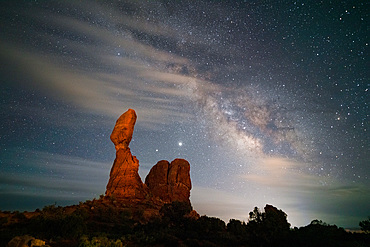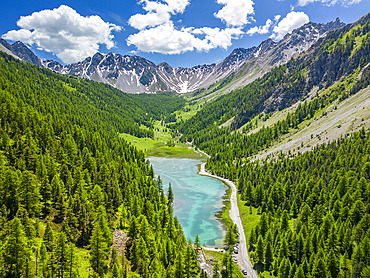Results
6 results found
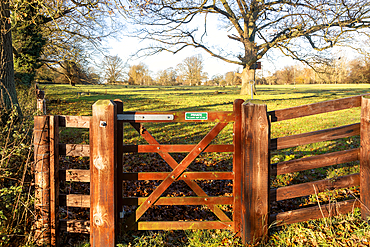
Access to countryside, Private No Public Right of Way sign on gate to field, Sutton, Suffolk, England, UK
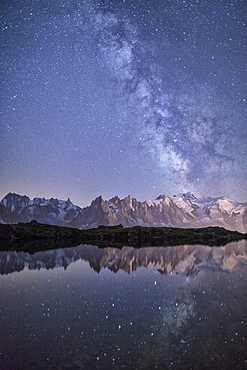
A sharp Milky Way on a starry night at Lac des Cheserys with Mont Blanc, Europe's highest peak, to the right, Haute Savoie, French Alps, France, Europe
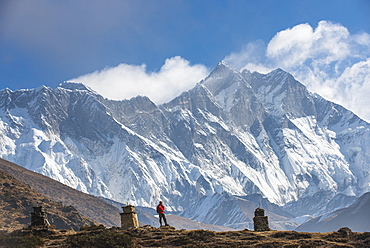
A trekker on his way to Everest Base Camp with Everest the distant peak on the left and Lhotse the peak on the right, Khumbu Region, Himalayas, Nepal, Asia
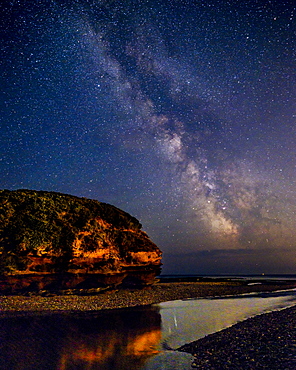
Milky Way to the right of Otter Head and River Otter at Budleigh Salterton, Devon, England, United Kingdom, Europe
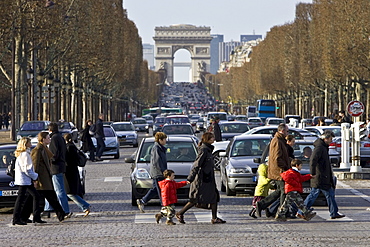
Traffic stops for pedestrians on zebra crossing across Champs-?lys?es in front of the Arc de Triomphe, Central Paris, France
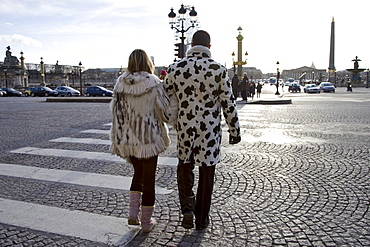
Pedestrians in winter coats walking across cobbled road on zebra crossing in Place de la Concorde, Central Paris, France
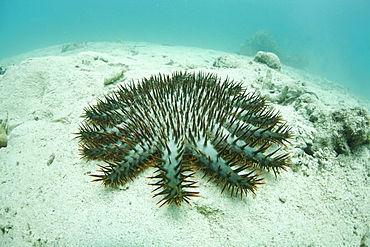
Crown-of-Thorns seastar (Acanthaster planci) Adult animal working its way across sand towards a coral reef. Yap, Federated States of Micronesia, Pacific Ocean. More info: This species feeds on coral as an adult and, in the right circumstances, be devestating to large reef areas.

Mars (at left) and the galactic centre area of the summer Milky Way low over the southern horizon at Writing-on-Stone Provincial Park, Alberta, on June 8/9, 2018. Sagittarus is at centre, with Scorpius at right. The Messier 6 and 7 open star clusters are just above the horizon at centre, just right of the Sweetgrass Hills on the horizon in Montana.

The summer Milky Way overhead and through the Summer Triangle stars in July, looking up through trees in Banff National Park at Herbert Lake. Deneb is at top left, Vega at top right, and Altair is at bottom. The bright Cygnus star cloud is obvious. As are the dark lanes in the Milky Way, including the Funnel Nebula at top, aka Le Gentil 3.

A horizon-to-zenith panorama of the winter consellations on a March evening as they set into the southwest. Orion is at bottom centre, with his Belt pointing down to Canis Major and up to Taurus. Gemini and Auriga are at top, in this case near the zenith overhead. The bright star clusters, M44, the Beehive, (at left) and M45, the Pleiades, (at right) flank the Milky Way. M45 is embedded in the Zodiacal Light. The star clusters M35 in Gemini and M41 in Canis Major are also visible as diffuse spots, as are several other star clusters. A couple of satellite trails are visible.

The centre of the galaxy area of the Milky Way toward Sagittarius and Scorpius, with the Sagittarius Starcloud right of centre, and the Lagoon Nebula (M8) left of centre. The Cat's Paw Nebula (NGC 6334) in Scorpius is at upper right, the Swan Nebula (M17) and Eagle Nebula (M16) are at lower left. To the right of them is the Small Sagittarius Starcloud (M24). At the very top is the Snake Nebula (B72). The main mass of dark nebula is the Pipe Nebula (B78). Above M24 at left is the open cluster M23 while below the M24 star cloud is the cluster M25. The globular M22 is at the bottom edge. At right of frame are the open clusters M6 (in the dark area of the Milky Way) and M7 (in the bright starcloud).

A mosaic of the region around the centre of the Milky Way in Sagittarius and Scorpius. The field takes in the Milky Way from the Cat's Paw Nebula at bottom edge to the Eagle Nebula at top left. In between from top to bottom are the Swan Nebula (M17), the Small Sagittarius Starcloud (M24), the Trifid and Lagoon Nebulas (M20 and M8) and the open clusters M6 and M7. The prominent dark nebula at right is the large Pipe Nebula (B78) with the small Snake Nebula (B72) above it. The whole complex is visible to the naked eye as the Dark Horse.
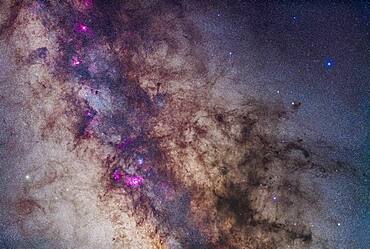
A mosaic of the region around the Small Sagittarius Starcloud and Dark Horse dark nebula complex. The field takes in the Milky Way from the Lagoon Nebula at bottom to the Eagle Nebula at top left. In between from top to bottom are the Swan Nebula (M17), and the Small Sagittarius Starcloud (M24). Flanking the bright M24 starcloud are the large open clusters M23 (right) and M25 (left). At bottom left is the M22 globular star cluster. The prominent dark nebula at right is the large Pipe Nebula (B78) with the small Snake Nebula (B72) above it. The whole complex is visible to the naked eye as the Dark Horse.
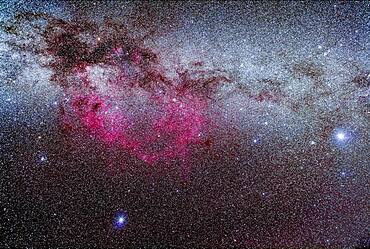
The region of the Milky Way in Puppis and Vela encompassing the vast Gum Nebula, a photographic object only. Sirius and Canis Major are at right; Canopus in Carina is at bottom. The False Cross and the open cluster NGC 2516 are at left.
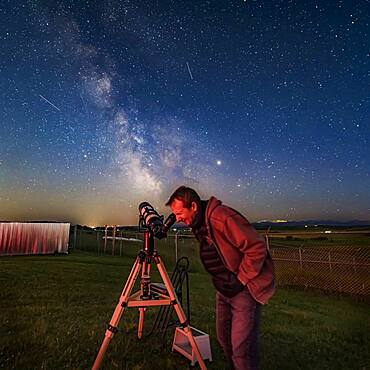
Mark gazing at a target, M22, in the Milky Way with his TeleVue 127 refractor at the annual Rothney Observatory Milky Way Nights for July 25, 2019. Several satellite trails mark the sky. Jupiter (brightest at right) and Saturn (at left) flank the Milky Way.
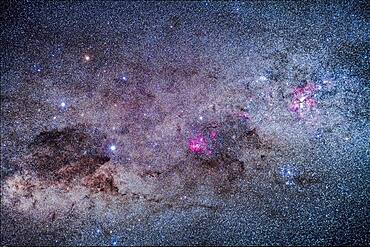
The amazing area of the southern Milky Way in Carina and Crux, the brightest part of the Milky Way after the galactic core region. At right is the Carina Nebula, with the Southern Pleiades cluster, IC 2602, below it. The Football Cluster, NGC 3532, is at upper left of the Carina Nebula. At centre is the region of Lambda Centauri, with the star cluster NGC 3766, the Pearl Cluster, above the emission nebulosity. At left is the Southern Cross, with the dark Coal Sack at bottom left of the Cross, with thin tendrils extending to the right. To the left of Alpha Cruxis at the bottom of the Cross is the star cluster NGC 4609; aboive Alpha is NGC 4649. To the left of Beta Cruxis at the left side of the Cross is the Jewel Box Cluster, NGC 4755.
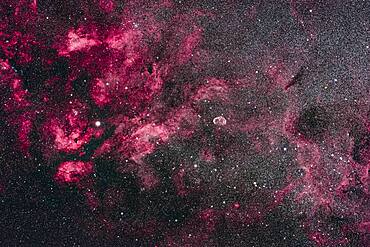
This is the central area of Cygnus and its bright Milky Way starcloud surrounded by red nebulosity. At left is the star Sadr (gamma Cygni) with the complex of nebulosity catalogued as IC 1318. At centre is the distinct Crescent Nebula, NGC 6888, a expanding nebula created by winds from a hot Wolf-Rayet star. At bottom left is the star cluster Messier 29, though looking a little lost in the rich starfields here. At top is the cluster IC 1311, looking more obvious than M29 but not observed visually and included in the NGC catalog. Odd. At far right are the large and loose star clusters NGC 6883 and NGC 6871, the latter an obvious binocular sight. To the left of Sadr is the small cluster NGC 6910. The dark nebulas B145 and LDN 862 are at right. The small emission nebula at bottom is Sharpless 2-104.
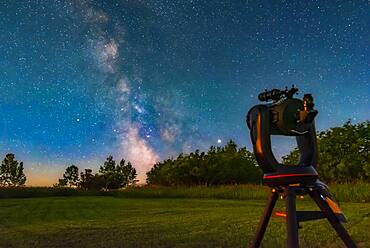
The Celestron GPS8 scope looking at M22 in the Milky Way in the light of the rising waxing gibbous Moon, from the backyard July 21, 2019. Jupiter is bright at right, Saturn at left.
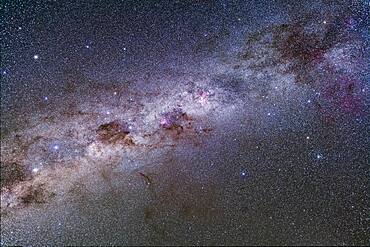
Splendours of the southern Milky Way from Vela (at top right) to Centaurus (at bottom left), including the Carina Nebula, Crux and Coal Sack, and Alpha and Beta Centauri. A part of the huge Gum Nebula is at far right. The False Cross is at right, with the large cluster NGC 2516, the Diamond Cluster, below it. The globular cluster Omega Centauri is at upper left.
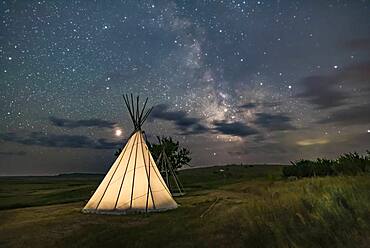
Mars (at left) and the Milky Way (at right) over a single tipi (with another under construction at back) at the Two Trees site at Grasslands National Park, Saskatchewan, August 6, 2018. I placed a low-level warm LED light inside the tipi for the illumination.
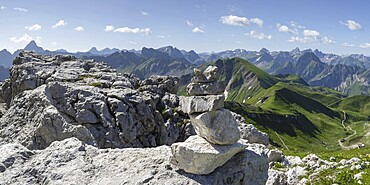
Mountain panorama from the Koblat-Höhenweg on the Nebelhorn, behind left the Hochvogel, 2592m, in the centre the Schneck, 2268m, and on the right the Höfats, 2258m, Allgäu Alps, Allgäu, Bavaria, Germany

Walking routes signpost in Dutch, some suitable for wheelchairs, Westhove Palace near Domburg, Walcheren, Zeeland, Netherlands, Europe
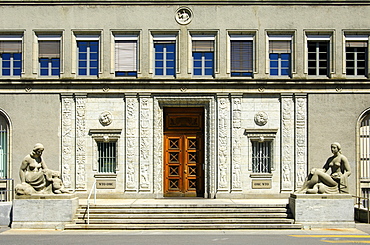
Two female sculptures by Luc Jaggi, symbolizing Peace on the right and Justice on the left, in front of the main entrance to the Centre William Rappard, headquarters of the World Trade Organization, WTO, Geneva, Switzerland, Europe

A key, symbol of the Palestinian right of return, at the entrance of the Aida refugee camp in Bethlehem, Palestine, West Bank, Western Asia
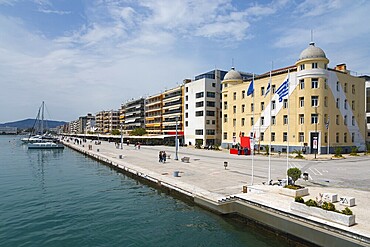
Harbour promenade next to calm water with sailing boat and people along the picturesque buildings, on the right Papastratos tobacco warehouse building, heritage building, Argonafton street, Volos, Pagasitic Gulf, Thessaly region, Greece, Europe
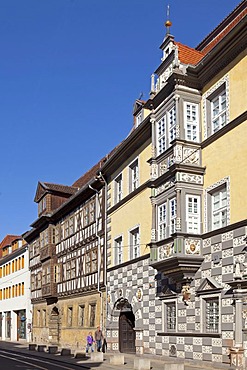
House "Zum Mohrenkopf", left, and "Zum Stockfisch", town museum, right, Erfurt, Thuringia, Germany, PublicGround
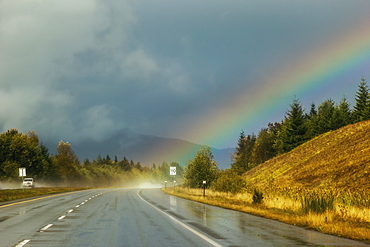
A Rainbow Comes From The Storm Clouds Right Onto The Highway Ahead, Parksville, British Columbia, Canada


